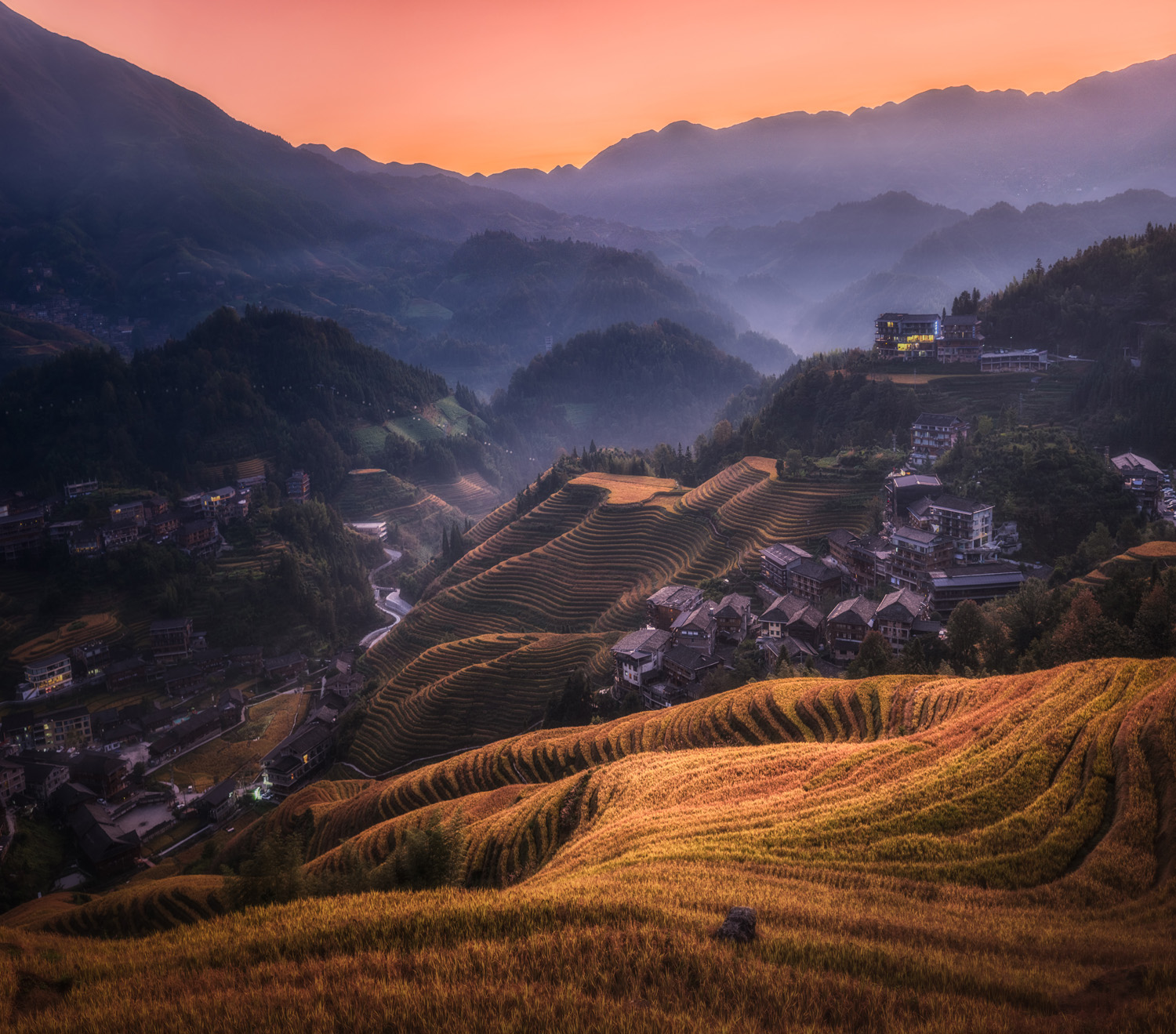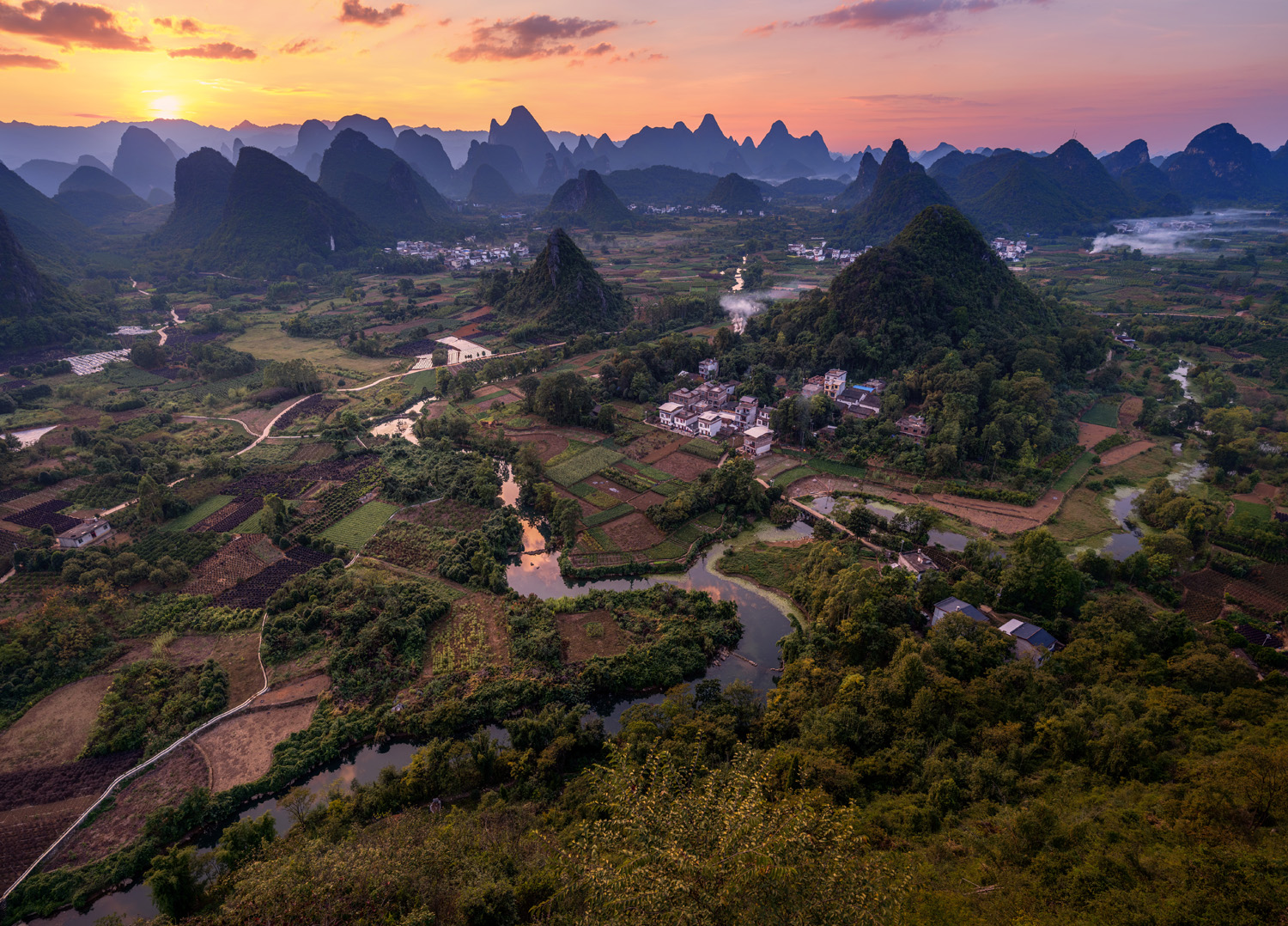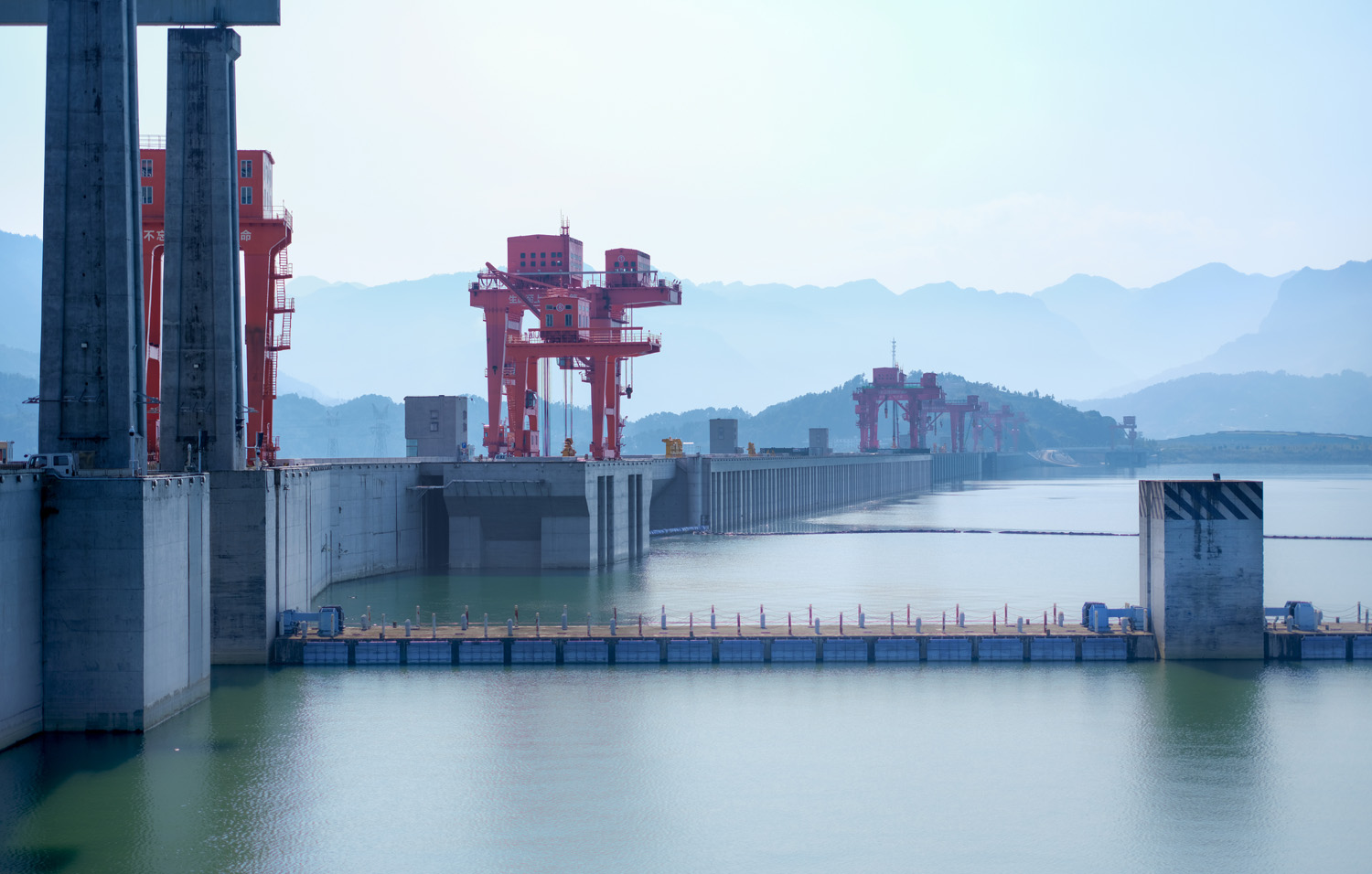
Eastern Adventure: Travel Photography with Josselin Cornou and FUJIFILM GFX100 II
Josselin Cornou
Josselin Cornou (aka Joss) is a French Australian Adventure & Landscape photographer & Software Engineer currently living in London, UK.
Joss first picked up a camera in 2012, months after starting his new job as an Engineer. Photography was a means for him to continue nurturing his creativity, and being able to slow down and journal, while waiting for the perfect lights.
By 2017 Photography led him to travel across all continents. Visiting Antarctica was a chance to pivot his photography, with an aim to focus on sustainability, education & the environment, leading him to have his body of work recognized and published worldwide (e.g. National Geographic, Committee of Space Research 2021, World Photography Awards, Australian photography magazine, etc.). Josselin uses the GFX system as his main camera system, due to the advantages of shooting Medium format.
Josselin Cornou discovers the creative joys of the FUJIFILM GFX100 II as he travels through the hidden landscapes and city scenes of China
Josselin Cornou is no ordinary landscape photographer. While his love of the natural world is evident in a gorgeous body of work, for this explorer it’s as much about the journey as the destination. Approaching each new scene from the long way around, he documents sights and encounters from the journey.
His most recent trip took him to China, with stops in Shanghai, the Three Gorges Dam, the Great Wall, and finally a clandestine line of valleys most tourists cannot access. Through it all, he carried the FUJIFILM GFX100 II by his side, getting to know the camera under the most demanding circumstances.

Photo 2023 © Josselin Cornou | FUJIFILM GFX100 II and FUJINON GF20-35mmF4 R WR, 1/13 sec at F4, ISO 100
Starting Travel Photography
“I worked in computer science, and photography was a medium to get out from that busy world and slow down,” Josselin begins, thinking back to where it all began. “I see landscapes as a meditation tool. If I go to photograph a sunset, I’ll be there for an hour either side of it. It’s not a waste of time; it’s appreciating the world.”
But his career also provided Josselin plenty of opportunity to travel, exposing him to locations he’d otherwise never be able to visit. There, he noticed something pivotal.
“I found in any country, no matter how busy, there were plenty of places people never went – and would be surprised to find even exist. It’s the same for cities, too, but I was born and raised in the French countryside, and that played a big role in seeking unseen natural environments.”

Photo 2023 © Josselin Cornou | FUJIFILM GFX100 II and FUJINON GF30mmF5.6 T/S, 1/100 sec at F5.6, ISO 80
The Best Camera for Adventure Landscapes
The first and most obvious challenge with travel photography is finding a well-equipped system that’s comfortable to carry and efficient to use. Quickly, Josselin discovered exactly that in the GFX100 II. It’s as if the camera was built for him.
“Even though it’s large format, it’s very compact. I had no issue whatsoever travelling with the camera,” Josselin reveals. “I ended up mostly using the FUJINON GF50mmF3.5 R LM WR, a pancake lens with a great perspective. Keeping my kitbag light is a real necessity for my style of run-and-gun photography, where I walk long distances every day.
“Then there’s the physical style: the modern and retro clash is amazing. The GFX100 II makes a lot of tactile sense to use, but is also attractive. It’s a camera I like to take out; it goes back to the heart of photography, which is to enjoy the whole creative process.”

Photo 2023 © Josselin Cornou | FUJIFILM GFX100 II and FUJINON GF20-35mmF4 R WR, 1/15 sec at F5.6, ISO 320
FUJIFILM GFX100 II Image Quality
As Josselin notes, inside this stylish package is no ordinary set-up. The GFX100 II contains a redesigned large format 102-megapixel sensor, delivering beautiful depth in addition to massive resolution. There’s great appeal across virtually all genres, but landscape photography is an especially natural fit.
“100-megapixel resolution is important for any professional, for printing large artwork and making significant crops,” Josselin continues, covering universal benefits. “The large format sensor size is perfect. If anyone could fit that many pixels on a smaller sensor, they’d be very small, meaning it would be difficult for a lens to resolve. I haven’t found anything but benefits with the GFX100 II’s resolution.
“What is just as important about the sensor, in landscape photography, is the fact that it’s 4:3 aspect ratio. People tend to go for wider perspectives because they want to include natural foreground elements, so you see a lot of landscape photography with dead space on each side of frame. The fact that the GF sensor is proportionally higher means it’s easier to achieve exactly what you want in a landscape composition. If I want to go back to a 3:2 crop factor – or wider – I have the resolution to do that. But, as it is, I can get more of the foreground without including unwanted wider elements.
“The dynamic range and colour depth look better than ever,” Josselin adds. “When you have a smaller sensor and want to photograph a sunset, for example, usually you have to bracket to get all the variants of colours in the scene. I don’t want photos with unrealistic dynamic range in term of light values, but I do want the capability to get accurate depth in everything, from the sky to the darkest spot in the foreground. The GFX100 II gives me exactly that.”

Photo 2023 © Josselin Cornou | FUJIFILM GFX100 II and FUJINON GF20-35mmF4 R WR, 1/100 sec at F4, ISO 100
The Benefits of FUJIFILM X-Processor 5
Away from the slow world of his landscape scenes, the broader demands of Josselin’s work push his tools in altogether different ways. This trip to China was no exception, with opportunities to photography wildlife, busy streets and more. Thanks to the addition of X-Processor 5, the GFX100 II was well equipped to keep up.
“With previous GFX System cameras, I was often having to work in Compressed RAW. I went to Antarctica last year. When you’re in that incredibly rare location trying to photograph penguins in their landscape, you want a seriously fast buffer,” the photographer explains. “The rate has increased significantly in the GFX100 II, and now there’s a CFexpress card to record to.
“I can record 8fps bursts – which blew my mind because it’s such a big sensor – to get 60 images in a few seconds. With these rapid buffer speeds, I only have to wait a few more seconds until the GFX100 II is ready to go again.
“There’s also up to eight-stop IBIS and an advanced autofocus system that recognises and tracks so many subjects much better than before. I can be at a location and see something more fast-paced than landscape, without worrying my camera won’t be able to handle it. The features of the GFX100 II open up so many more opportunities on my trips.”

Photo 2023 © Josselin Cornou | FUJIFILM GFX100 II and FUJINON GF80mmF1.7 R WR, 1/4000 sec at F2, ISO 80
FUJIFILM GFX100 II Video Performance
Though stills were the focus of this adventure, the GFX100 II’s appeal spans into video for Josselin too. He usually carries a whole separate set of filmmaking tools on his trips, but those days are gladly behind him.
“Previous GFX System cameras can record very good video, but I was more interested in their stills capabilities. To me, the GFX100 II is the first camera that completely bridges the gap between large format photography and filmmaking. I can record incredible-quality 4K/60p slow-motion footage and much more,” he exclaims. “Shedding all that extra video kit is another amazing space saver, beyond the camera’s physical size.”
Weeks of adventuring and another set of stirring images down, Josselin is left with nothing but a positive impression of the GFX System’s newest addition. Undoubtedly looking forward to the potential of new horizons, he celebrates the GFX100 II’s significance in the creative process.
“The GFX100 II combines everything smaller-sensor cameras once had with large format image quality. I don’t feel like it’s a choice between the two any more – I’m just going to go large format. There’s no downside in the GFX100 II.
“I realised the second I tried it: this is an incredibly powerful image-making tool.”














































